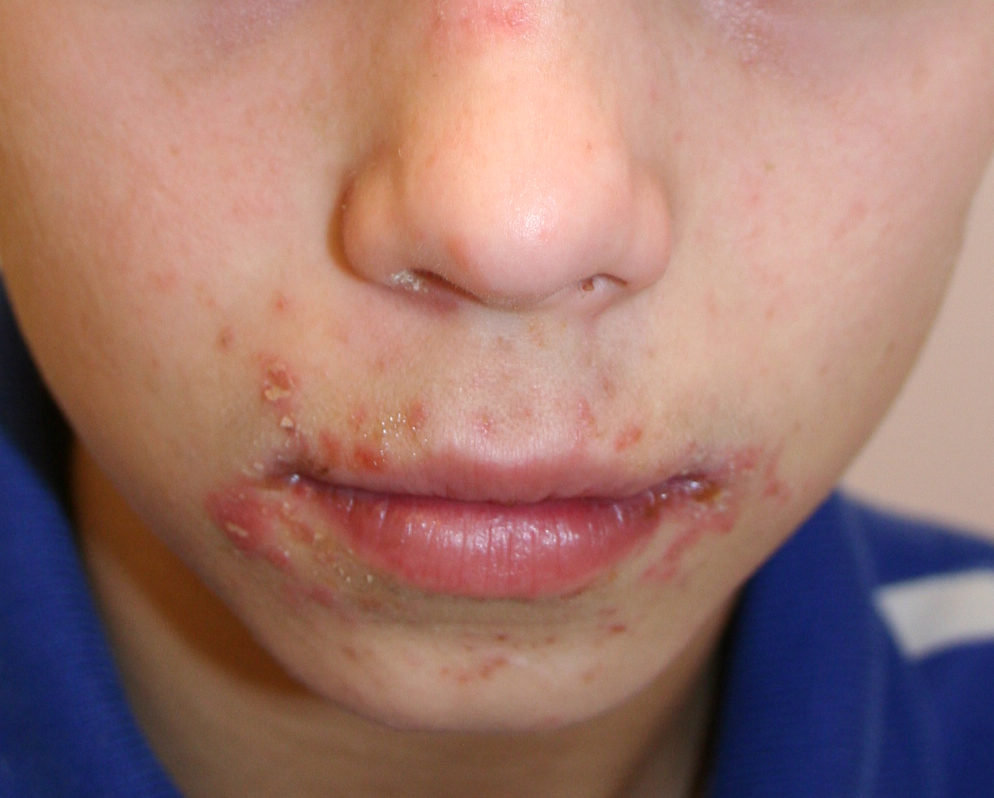Wondering what that rash, welt, or bump on your child's skin is? Infection, allergies, and temperature extremes are often behind the skin conditions seen in babies and children -- and many are minor and easily treated.
let's strart :
1. Ringworm :
which is actually a tineal infection ( type of fungal infection ) , not by parasitic worms. Infections on the body may give rise to typical enlarging raised red , itchy rings of ringworm . Ringworm is passed on by skin-to-skin contact with a person or animal , to prevent this infection avoid sharing clothing, sports equipment, towels, or sheets , Washing clothes in hot water with fungicidal soap after suspected exposure to ringworm.
2. Fifth Disease ('Slapped Cheek') :
It commonly infects children and typically causes a mild rash that may resemble a “slapped-cheek”. Other symptoms that can occur include joint pain (arthralgia), fever and general flu-like symptoms. This disease does not have any lasting effects in healthy children and adults ( unless pregnant female ) , Treatment includes rest, fluids, and pain relievers (do not give aspirin to children), but watch for signs of more serious illness
3. Chickenpox:
Very contagious, chickenpox spreads easily, leaving an itchy rash and red spots or blisters all over the body. Chickenpox can lead to serious complications such as pneumonia, brain damage, or death. People who have had chickenpox are also at risk for developing shingles later in life. A chickenpox vaccine is recommended for all young children.
4. Impetigo :
A contagious infection usually caused by bacteria, impetigo causes red sores or blisters that can break open, ooze, and develop a yellow-brown crust. Sores can occur anywhere on the body but usually appear around the mouth and nose. can be spread to others through close contact or by sharing items like towels and toys.
Scratching can also spread it to other parts of the body. Antibiotic ointment usually cures it.
5. Warts:
warts can spread from person-to-person or via contact with an object used by a person with the virus. Common warts are most often found on fingers and hands. Prevent the spread of warts by not picking them, covering them with bandages, and not biting your nails or cuticles. In most cases warts are harmless, painless, and go away on their own. If they persist, treatments include freezing, surgery, lasers, and chemicals.
references :webmd, wikipedia , fifthdisease.org




